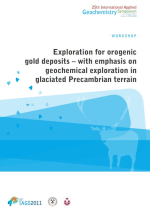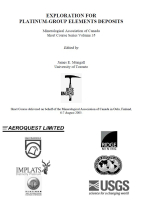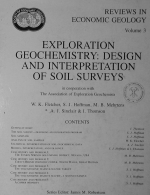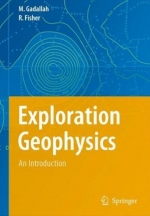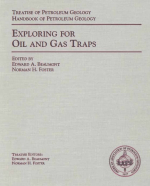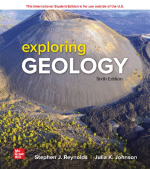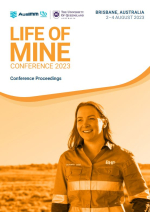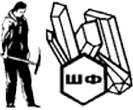Welcome to AusIMM’s sixth Life of Mine Conference. After all the disruptions of the last few years, we are delighted to host this conference face-to-face in Brisbane, which will foster stimulating discussions.
Since 2012, Life of Mine has sought to promote holistic thinking across all aspects of a mine’s life cycle. This edition further strengthens this vision, with the most extensive program to date including around 45 technical presentations. This reflects the recent growing activity and interest in this space, driven by regulatory landscape changes and associated responses from industry and researchers.
Our fantastic keynote speakers will share their views on collaboration, integration, partnerships and technical innovation. Alongside our keynote addresses we have two panel discussions on Indigenous participation in mining, led by Kia Dowell, and Decarbonisation, led by Professor Neil McIntyre <...>


